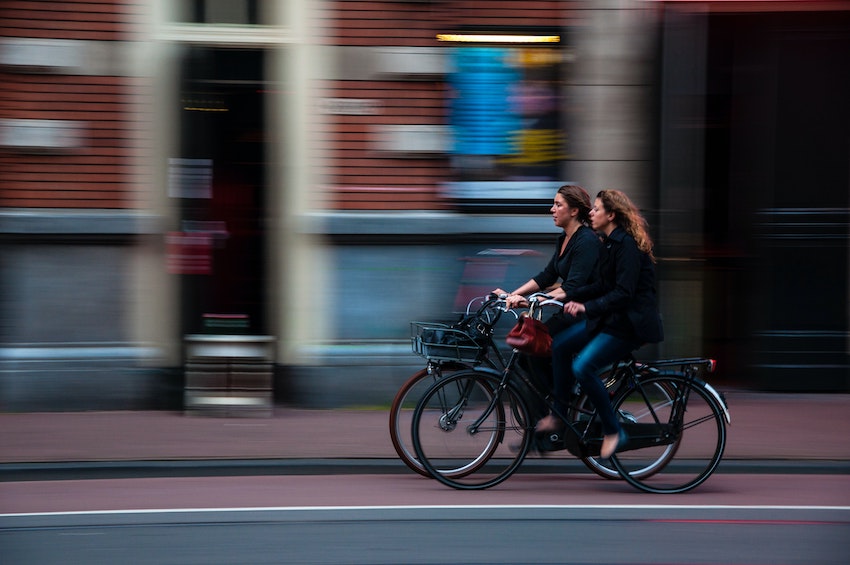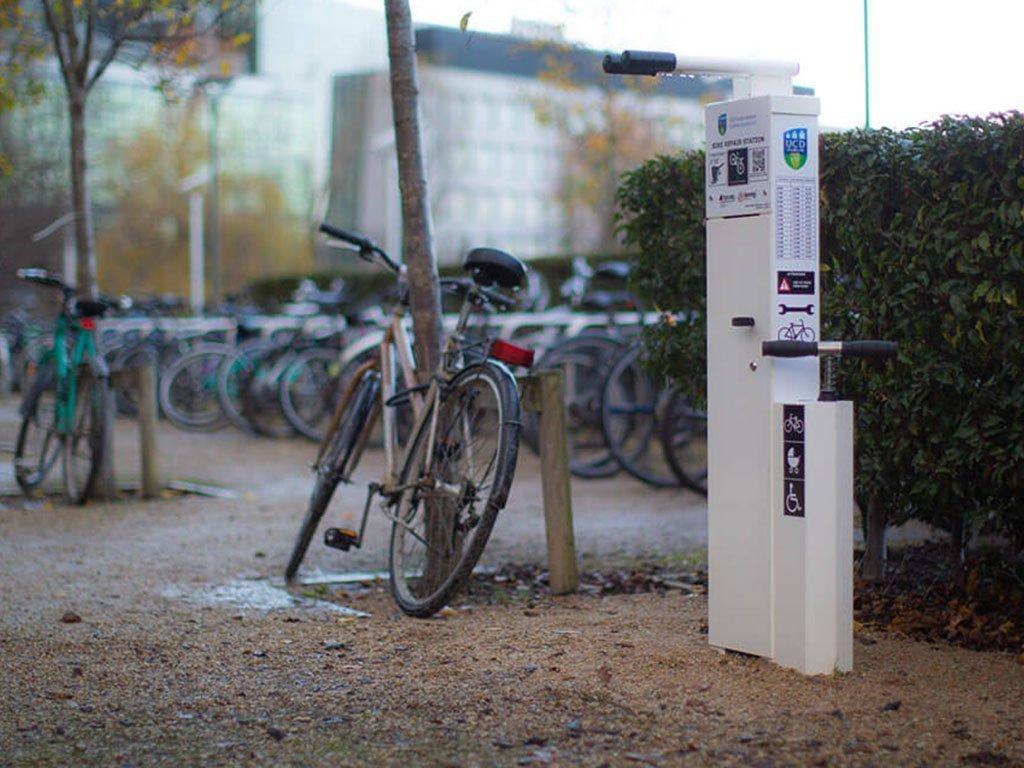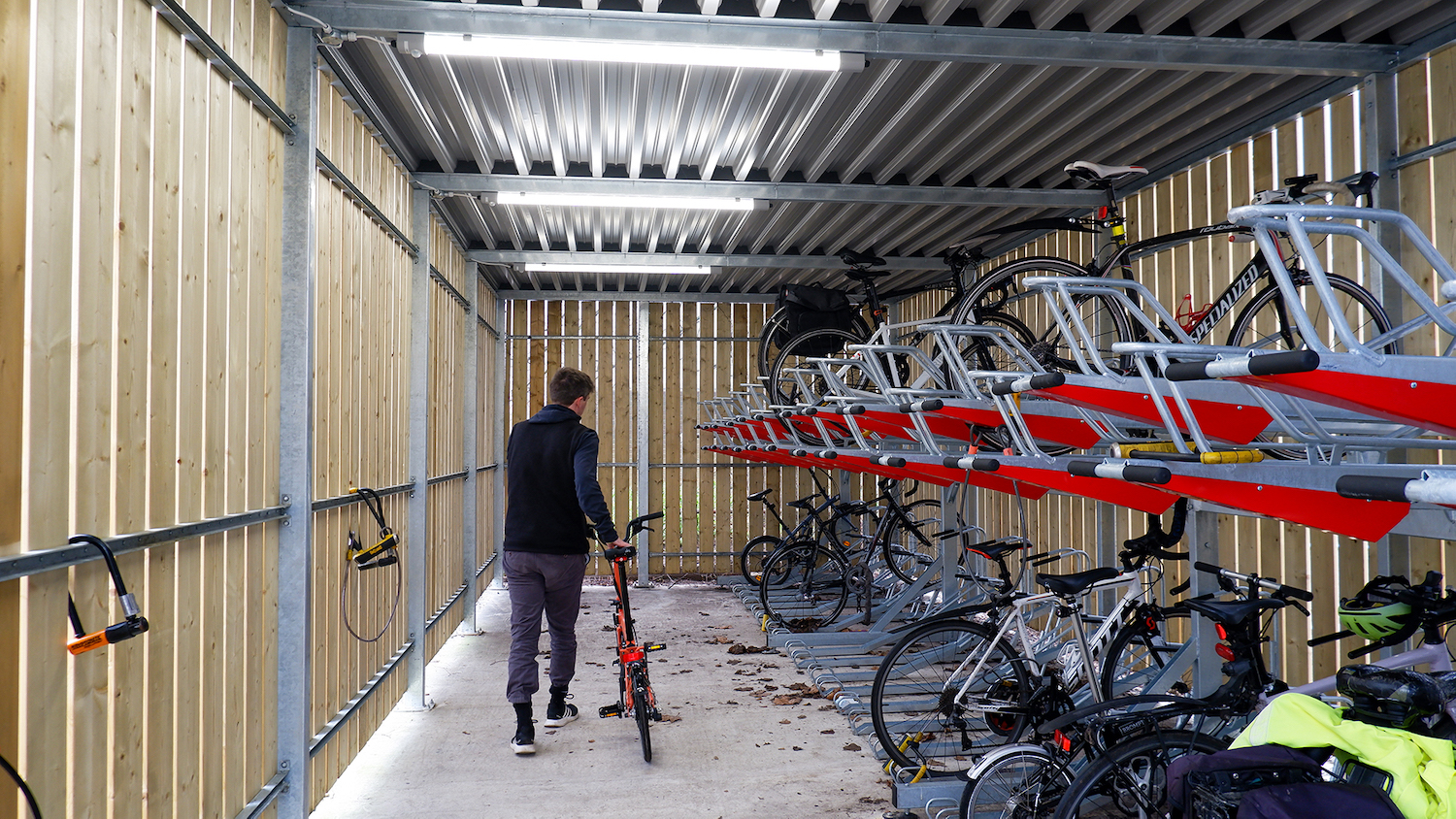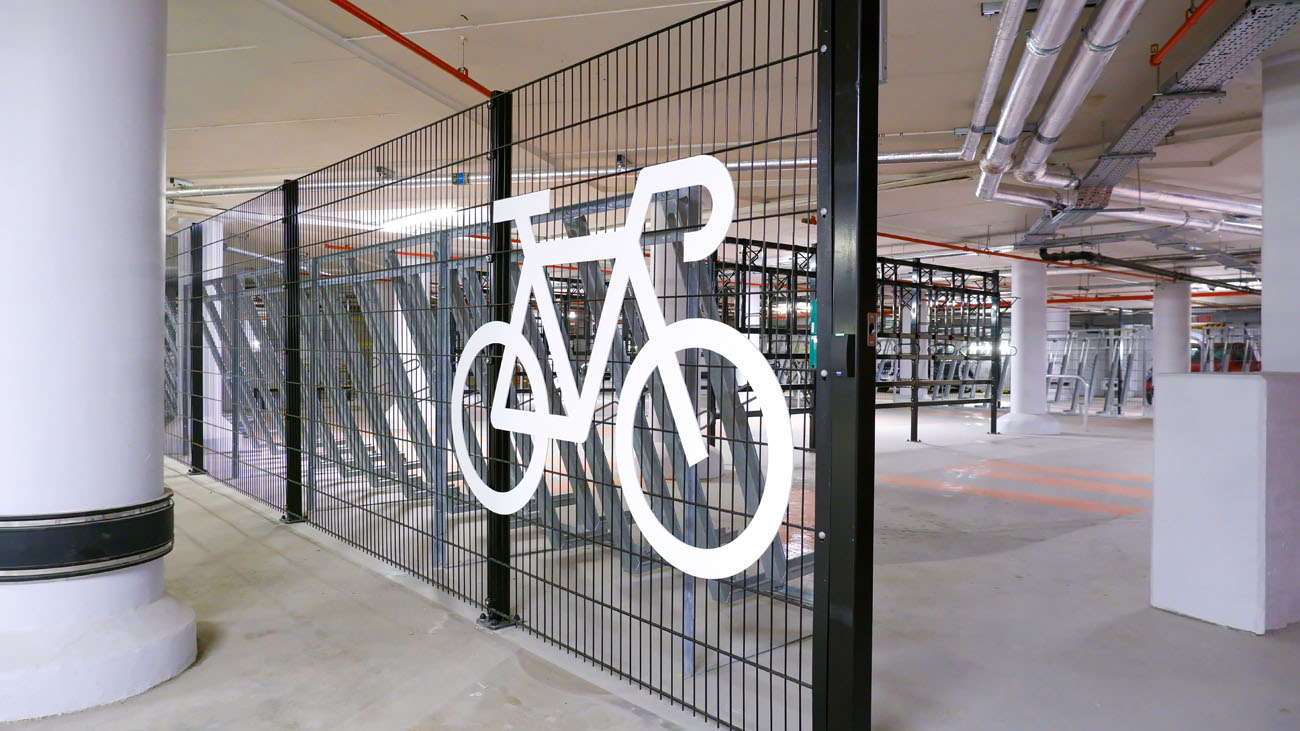This week trials have begun in England to prescribe cycling and walking to “ease the burden on the NHS”, according to Trudy Harrison MP.
GPs in selected local authorities including Leeds, Bradford, Cornwall, and Suffolk will hope to boost active travel as part of “social prescribing.”
£12.7 million will be used to cover various measures such as free bike loans, setting up walking groups, cycling-taster days, and more.
These measures deliver on a key commitment in the 2020 Gear Change report which set out bold plans for improving active travel.
The Many Health Benefits Of Active Travel
With a qualified GP prescribing active mobility instead of medication, it is hoped that the health benefits of cycling and walking will make a bigger impact across the country.
We know that in many areas – such as London, Cambridge, and Manchester – cycling and other active modes offer some of the quickest, cheapest, and most effective ways to travel.
However, it is the health benefits that could in turn help improve overall population health, thereby reducing pressure on the health service.
The health benefits of cycling and walking are by now very well-known. Being physically active has been shown to reduce risk of early deaths by up to 30%. It helps reduce the risk of heart disease, asthma, diabetes, and cancer.
Not just limited to physical health, cycling and walking are both beneficial to mental health, too.
Sustrans CEO Calls For Increased Cycling & Walking Budget
In the UK, a change of government will mean the likely removal of Andrew Gilligan, the current transport advisor responsible for the Gear Change report.
There is some concern that both Liz Truss and Rishi Sunak will dial down support for active travel, having already cast doubt on climate friendly policy.
Sustrans CEO, Xavier Brice, last week wrote an open letter to the government calling for a big increase in cycling and walking budgets. He points to the £27 billion being spent on the road network, at a time where the cost-of-living crisis intensifies.
Active travel has the potential to cut people’s spending on fuel, reduce carbon emissions, plus, as Xavier points out, help reduce strain on the NHS:
“Embedding physical activity into daily routines, like commuting or going to the shops, helps relieve the burden on the NHS.”
And not only that, can reduce air pollution and even mean car journeys will be quicker and shorter when necessary:
“More active travel means safer, healthier neighbourhoods, with clearer roads for those that have no choice but to drive.”
The Wider Picture
But how exactly can we change mobility habits and encourage more active travel uptake? Yes, pointing out the benefits are crucial, but only by vastly investing in and improving transport networks can we make cycling and walking safe, reliable, and welcoming.
Low traffic neighbourhoods help pave the way for cycling routes free of motor traffic. Segregated cycle lanes can dramatically increase the number of cyclists commuting.
And cycle parking is another vital cog in the machine, helping give those cycling not only the peace of mind to know their bike is safe, but to positively encourage them to store it somewhere welcoming and front-of-house.
Read our breakdown of new UK public cycle parking standards, which aim to ensure all parking is of sufficient quality to boost cycling.





